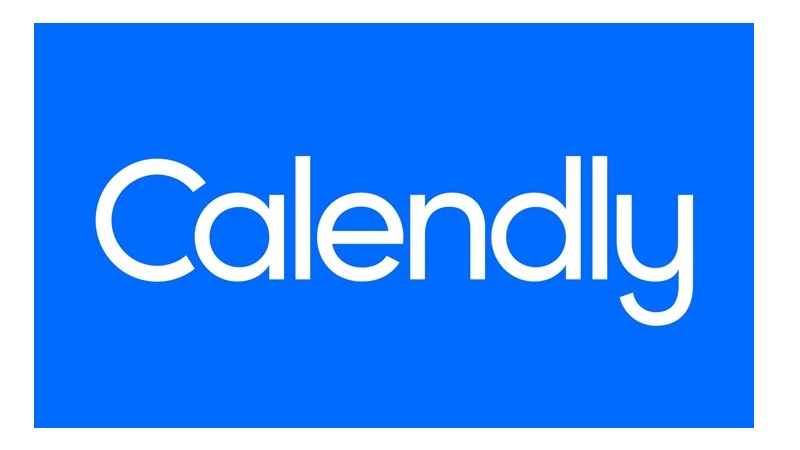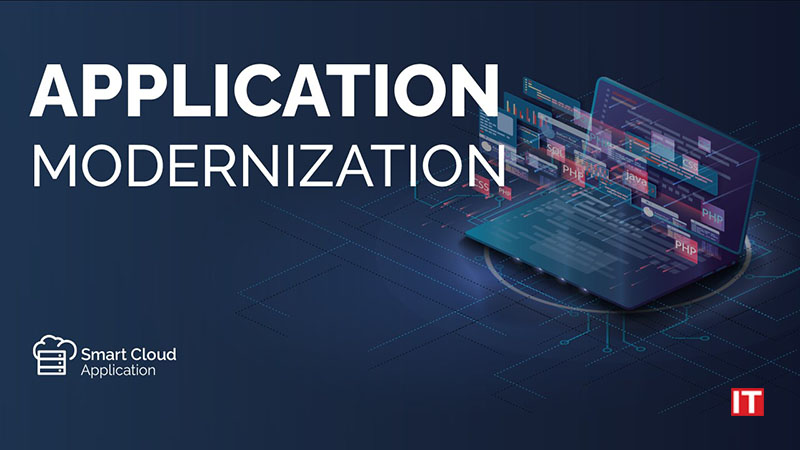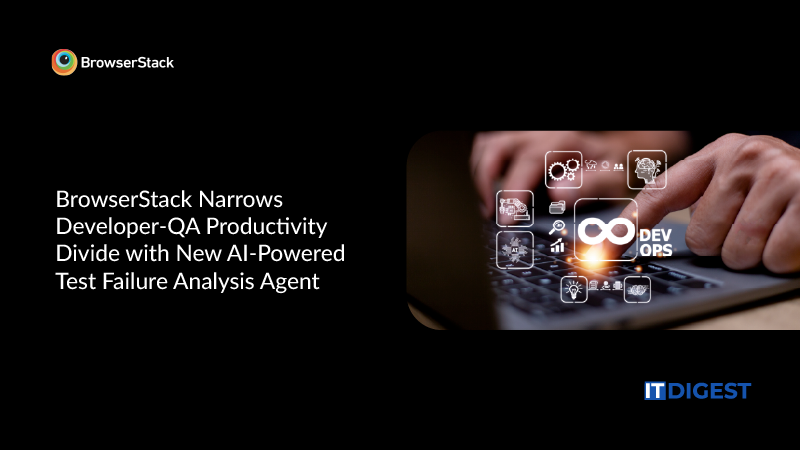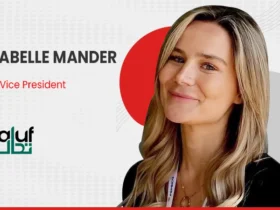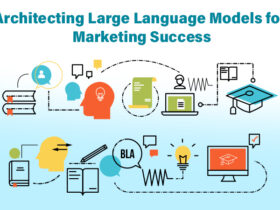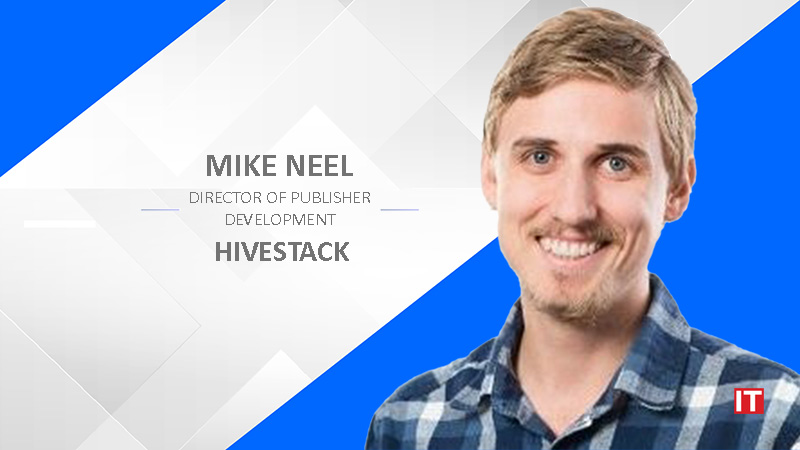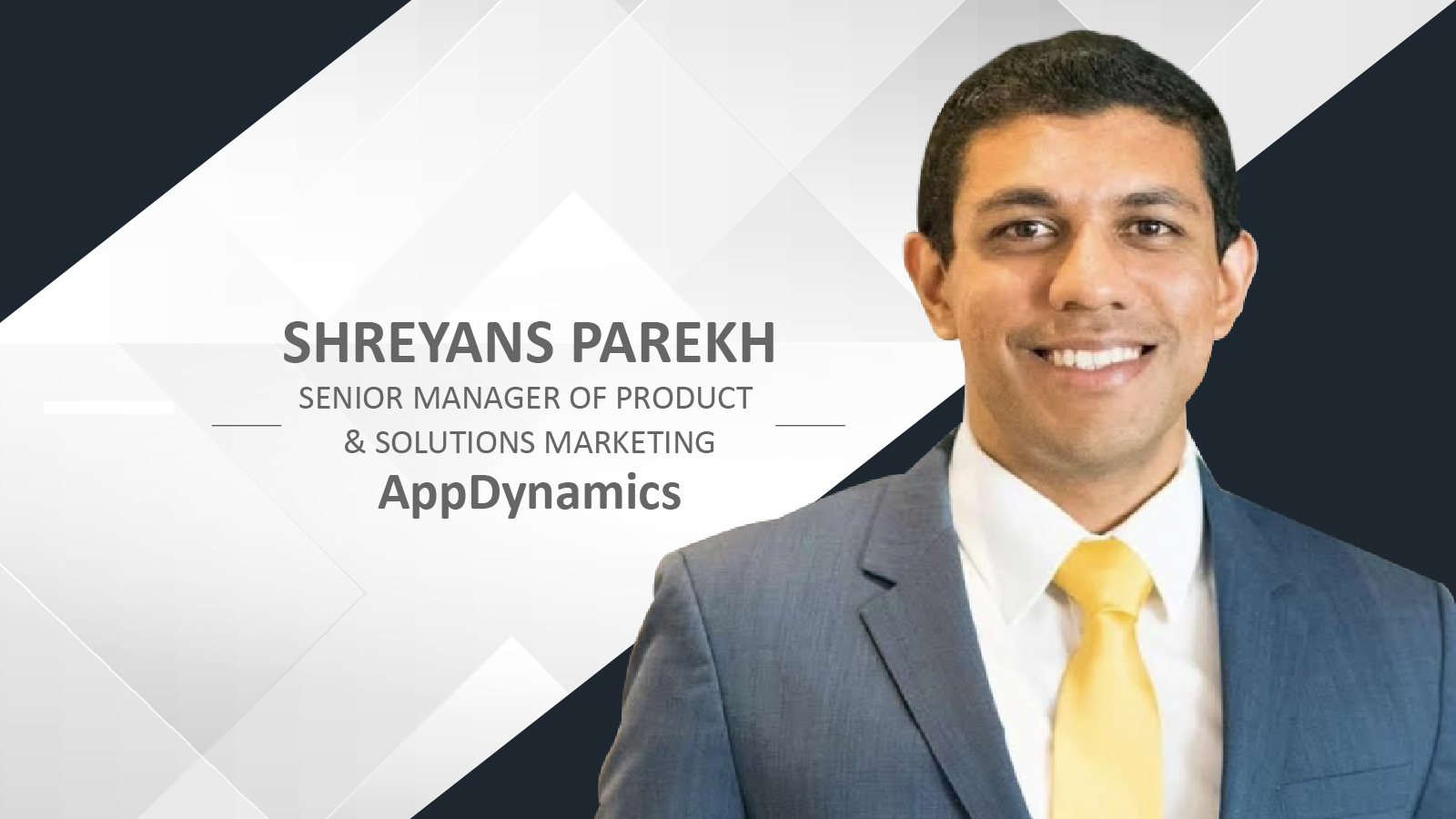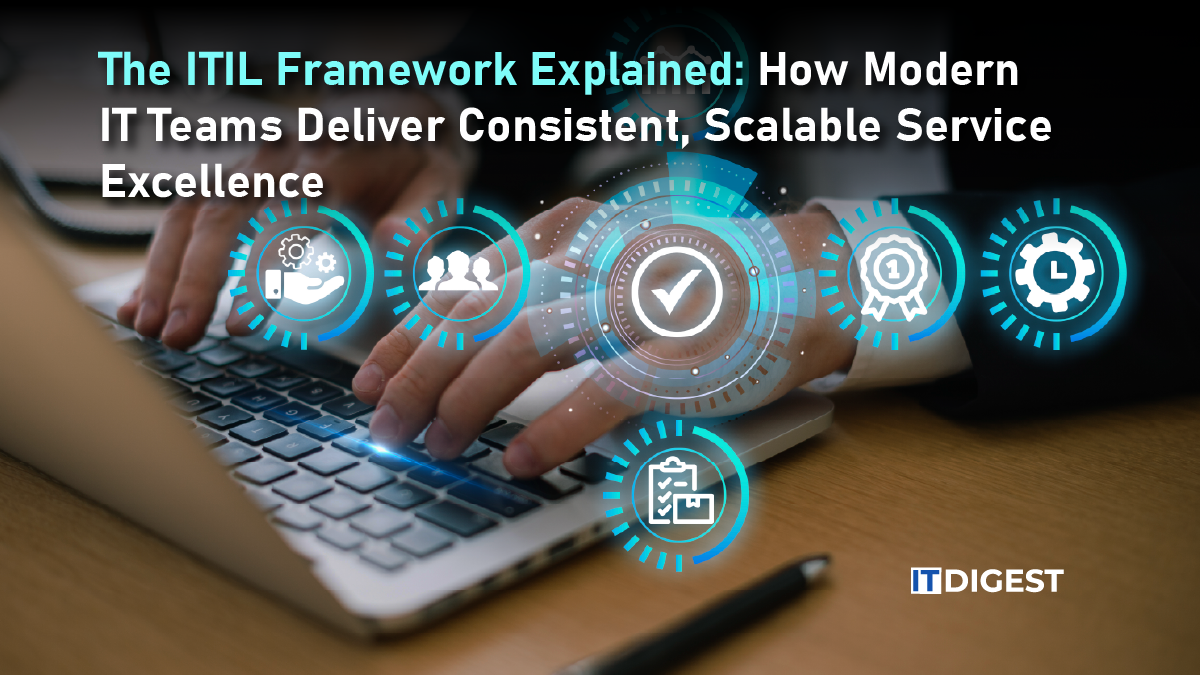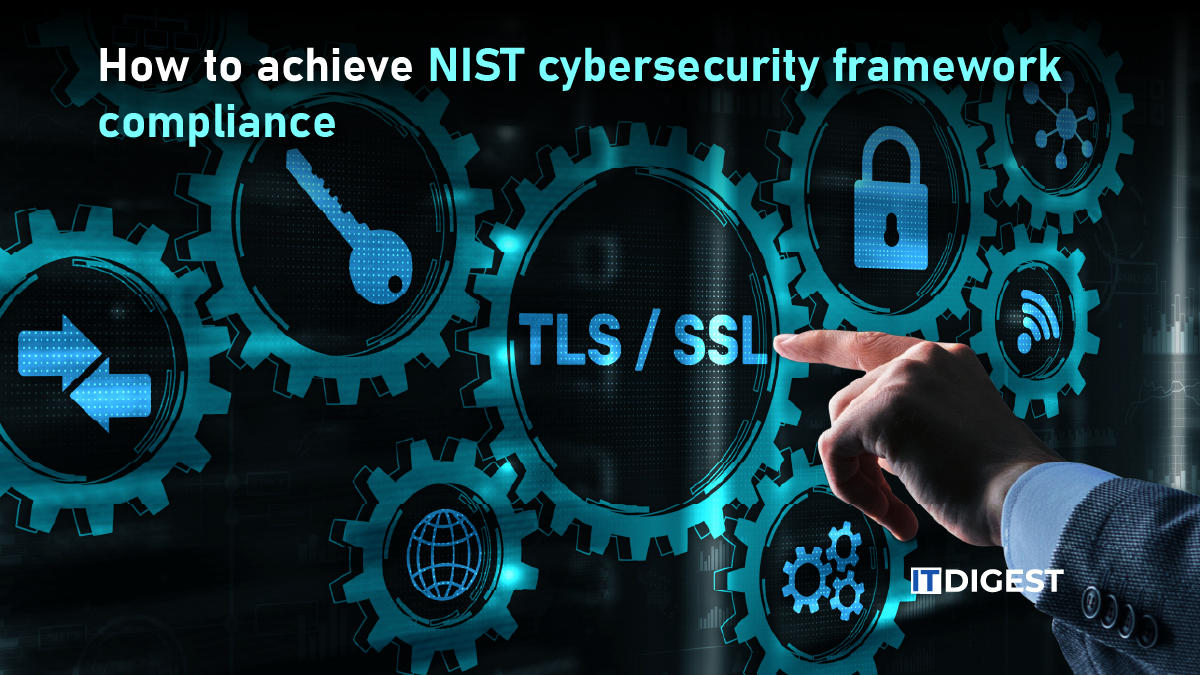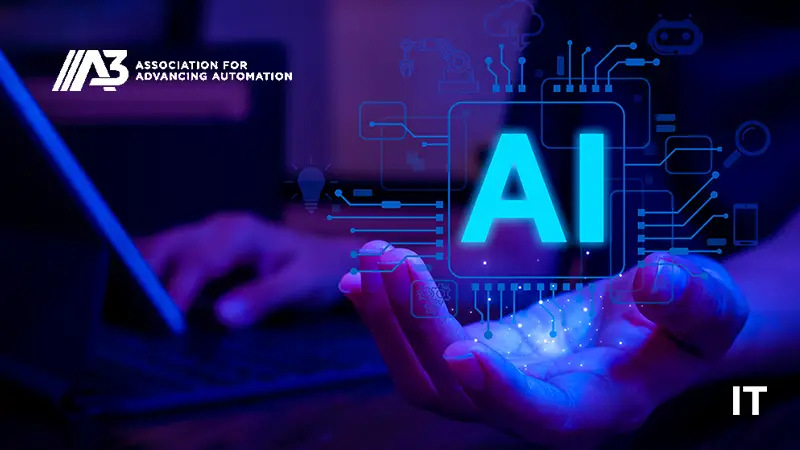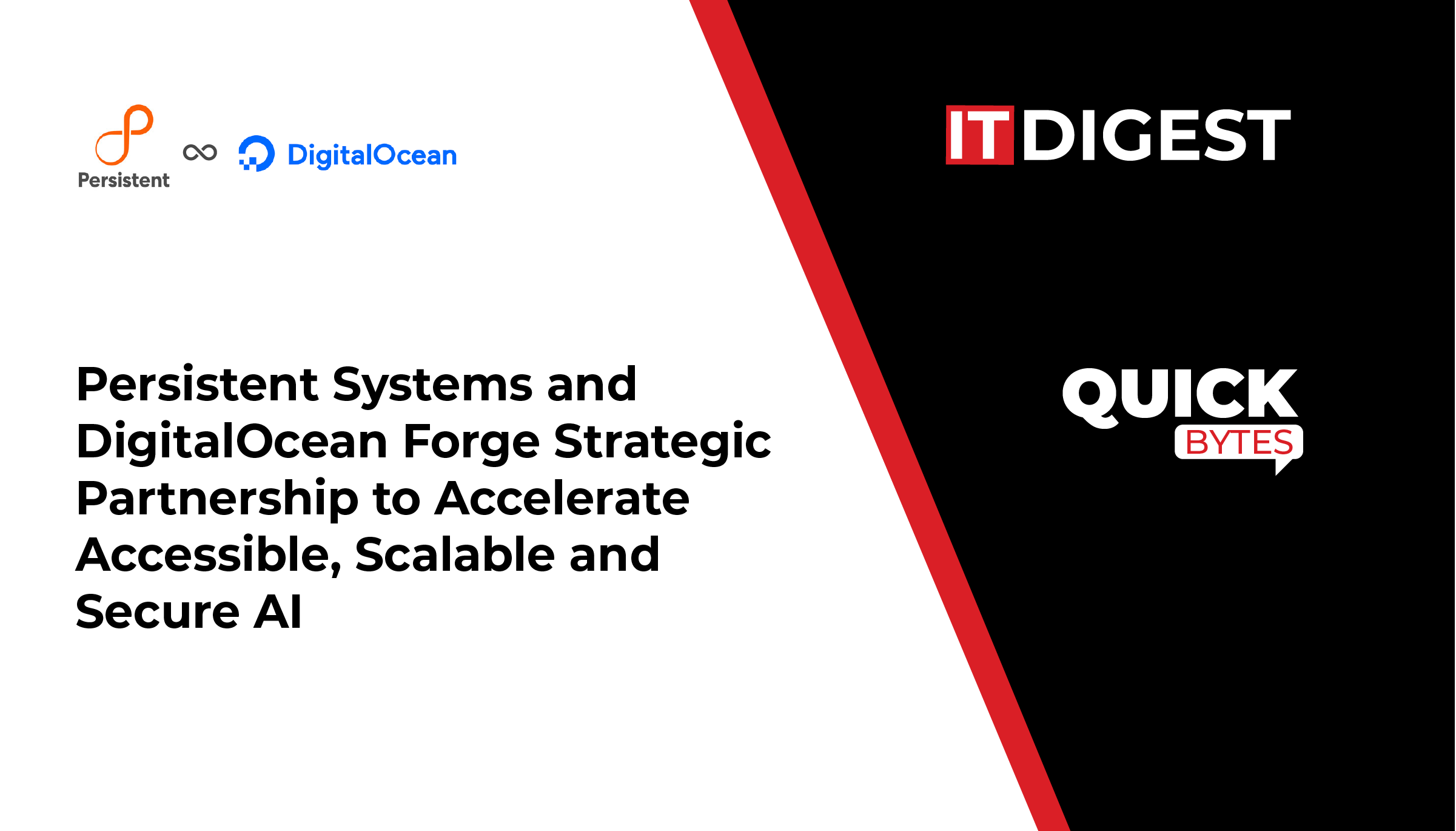TotalAppSec integrates API security, web application scanning, and AI-driven malware detection into single risk-based approach
Qualys, Inc., a leading provider of cloud-based IT, security, and compliance solutions, has announced the launch of TotalAppSec, an advanced AI-driven application risk management solution designed to help organizations proactively manage cyber risks across critical web applications and APIs.
With TotalAppSec, businesses gain a unified approach to API security, web application scanning, and malware detection across on-premises, hybrid, and multi-cloud environments. By consolidating these capabilities into a single platform, organizations can identify, assess, and prioritize their most pressing security threats, streamlining remediation efforts and minimizing potential exposure.
The Growing Threat Landscape for Web Applications and APIs
Web applications and APIs are essential to digital transformation but are also prime targets for cyber threats. According to the 2024 Verizon Data Breach Investigations Report, web applications remain the leading attack vector, with 68% of breaches involving human error and 32% linked to ransomware, often delivered through compromised web applications and APIs.
Security teams frequently face fragmented risk assessments due to siloed security tools that fail to provide a holistic view of application security. Cyber adversaries exploit this by chaining vulnerabilities across web applications, APIs, and supporting infrastructure for maximum impact. Traditional security solutions often lack the visibility and intelligence needed to address issues such as API misconfigurations, Broken Object Level Authorization (BOLA), and sensitive data exposure.
A modern, consolidated security approach is critical—one that not only identifies vulnerabilities but aligns risk management with business priorities.
Industry Experts Weigh In on the Need for a Unified Solution
“Enterprises are increasingly prioritizing the security of web applications and APIs as threats grow in complexity. Safeguarding these assets is now a fundamental requirement for maintaining trust and operational resilience,” said Katie Norton, research manager, DevSecOps and Software Supply Chain Security at IDC. “Solutions like Qualys TotalAppSec can help break down organizational silos between infrastructure, web applications, and API risk, providing the context and visibility security teams need to collaborate effectively. By delivering a holistic view of application security, teams can prioritize the most critical threats and take decisive action to mitigate risk more efficiently.”
Also Read: CalAmp Launches Okta SSO Integration to Boost Security
AI-Powered Protection with the Qualys Enterprise TruRisk™ Platform
TotalAppSec is built on the Qualys Enterprise TruRisk™ Platform, providing security teams with comprehensive discovery, detection, and risk prioritization capabilities. Key features include:
- Complete Visibility into Web Applications and APIs: Discover known, unknown, and shadow web applications and APIs across diverse environments, ensuring no asset is left unprotected.
- Advanced Threat Detection: Identify critical vulnerabilities, including the OWASP Top 10 for web applications and APIs, and leverage deep learning algorithms to detect sophisticated malware threats, including zero-day exploits.
- Risk-Based Prioritization: Utilize Qualys’ proprietary TruRisk™ score to rank vulnerabilities based on their business impact, exploitability, and criticality, enabling security teams to focus on high-priority threats first.
- Seamless Remediation Automation: Integrate with CI/CD pipelines, ITSM workflows, ServiceNow, and JIRA to streamline vulnerability remediation and reduce exposure.
- Continuous Compliance Monitoring: Stay audit-ready by aligning with regulatory frameworks such as PCI-DSS, GDPR, HIPAA, and OpenAPI Specification.
Industry Leaders Recognize the Value of TotalAppSec
“Qualys TotalAppSec provides clear visibility into inadvertently exposed web applications and APIs, enabling us to proactively mitigate risks,” said Beatrice Sirchis, head of application security at IDB Bank. “Its unified platform allows us to secure critical web applications, assess vulnerabilities against prevailing threats and the OWASP Top 10, and seamlessly manage remediation from detection through to resolution. Additionally, the flexible licensing lets us easily switch resources between pre-production and production web applications and API scanning, ensuring we meet our evolving business needs.”
Future-Proofing Web Application Security with AI
By consolidating powerful capabilities into a single, AI-driven platform, TotalAppSec provides organizations with:
- Automated API and Web Application Discovery – Gain full visibility into all applications and APIs, including shadow assets, to eliminate security blind spots.
- Faster Risk Mitigation – Prioritize security threats based on business impact, ensuring rapid and effective remediation.
- Proactive Defense Against Emerging Threats – Leverage AI-driven threat detection to safeguard against hidden vulnerabilities and advanced malware.
- Regulatory Compliance Readiness – Maintain continuous compliance with industry security standards.
- Seamless Integration into DevSecOps Workflows – Improve security posture by embedding real-time vulnerability management into development pipelines.
“APIs are the new attack surface for enterprises, growing exponentially as modern web applications rely on an increasing number of them. As organizations increasingly integrate platforms, they need a solution that provides a unified view of all interfaces to measure, communicate, and eliminate their cyber risk arising from these applications,” said Sumedh Thakar, president and CEO of Qualys. “TotalAppSec brings together our latest innovations in API security, deep-learning malware detection, and web application security to help security teams understand the business context with risk prioritization so the greatest risks can be addressed first.”




